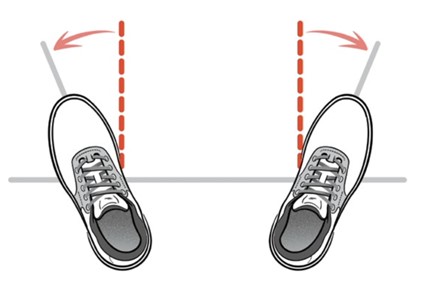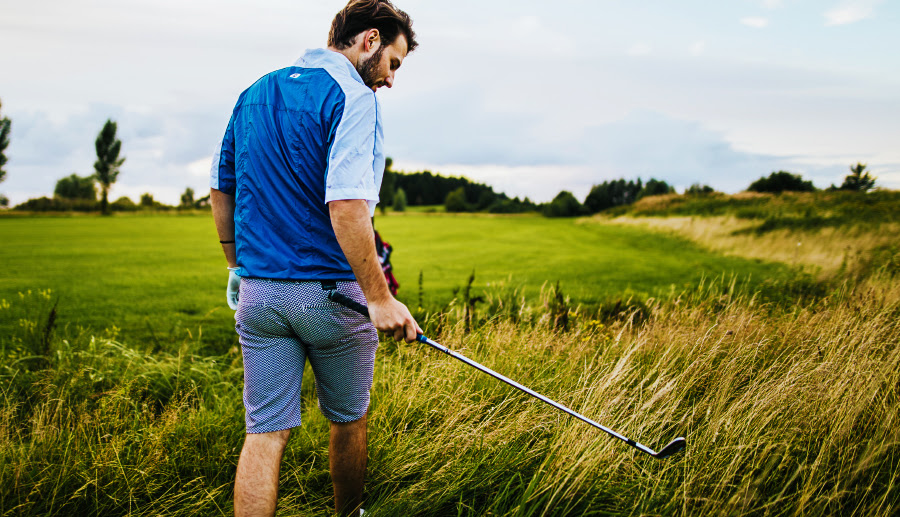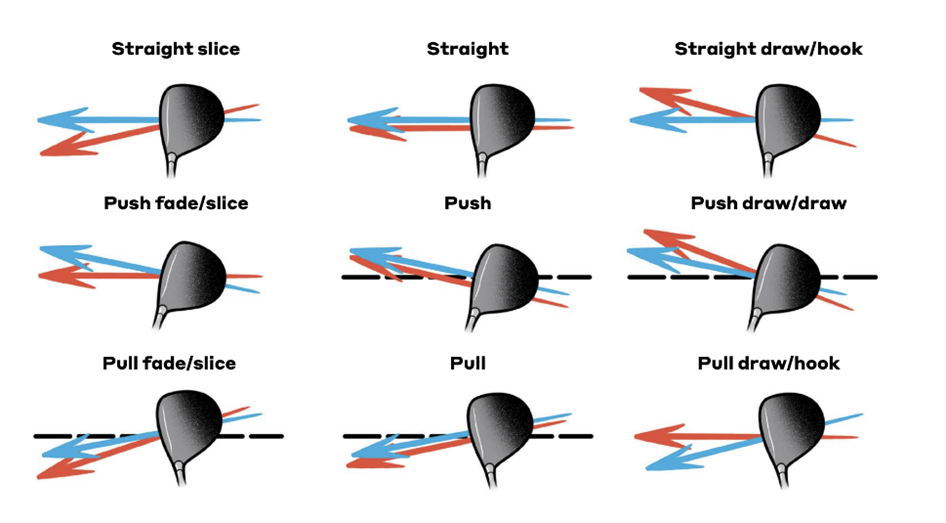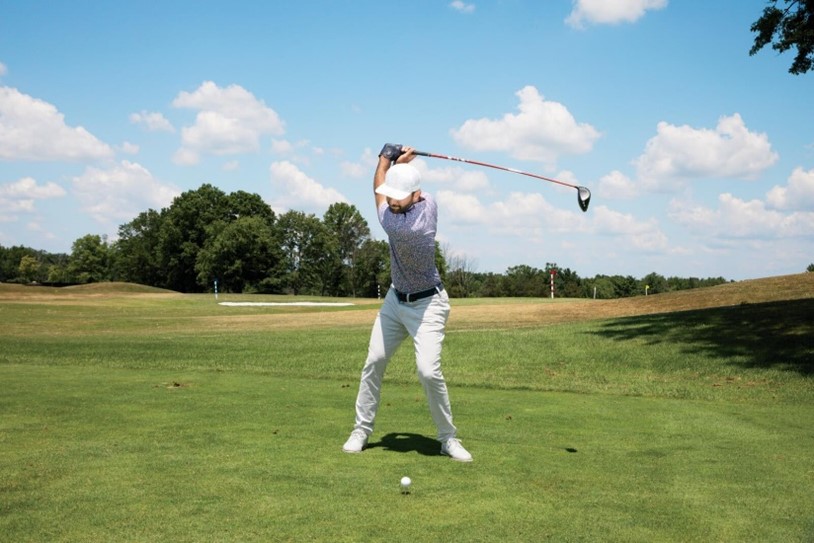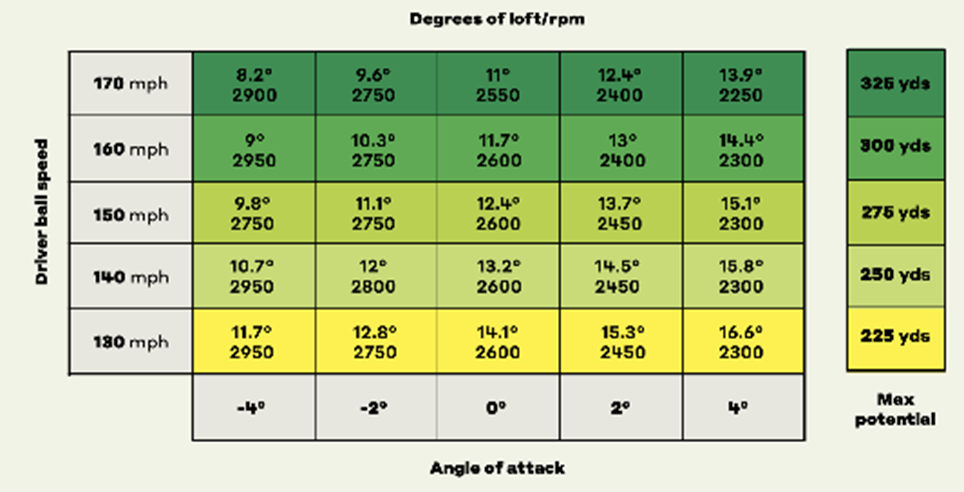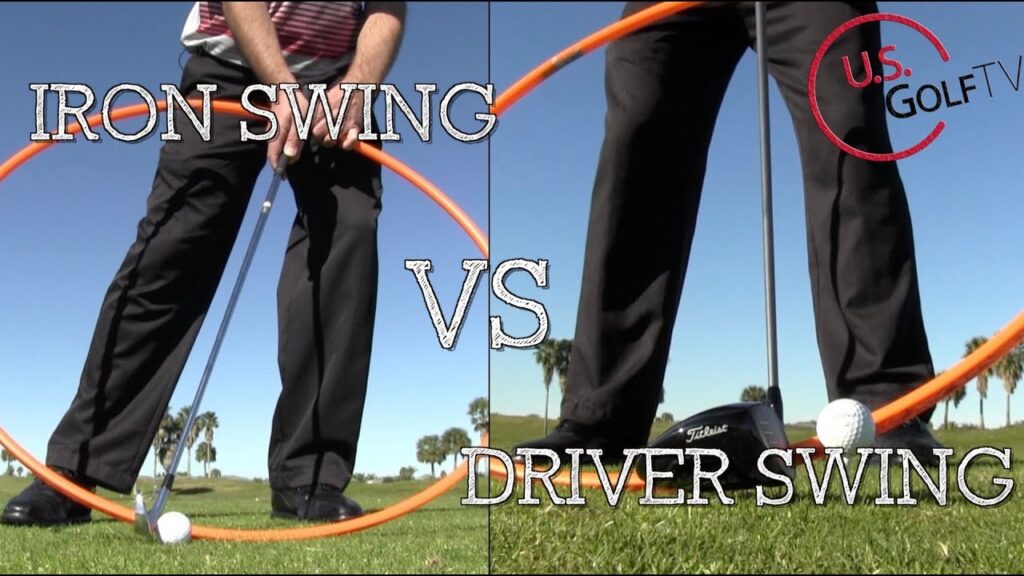I recently found a blog titled: “Trevino’s Left Hand Secret”. In 1974 he exposed his secret for accurate tee shots: “Keeping your left hand ahead of the club-face.” He said: “If the other guys ever learn that it is the back of the left hand that controls the club-face, there would be a lot more winners, and I would have a lot more to worry about.” He also recommended this “with an open stance which will give your arms room to extend along the way as your body turns.”
I have never heard any pros recommending an open stance for drives, but it really caught my attention as this is exactly the way I setup and drive off a tee to control the direction of my drives. An open stance helps me shallow my downswing so that my trailing elbow grazes my side as I drive up my target line.
Lee also bowed his wrist at the top of his swing (where I flatten my wrist) to shallow the downswing for an in-to-out swing. It’s described as a push-cut swing causing a slight fade.
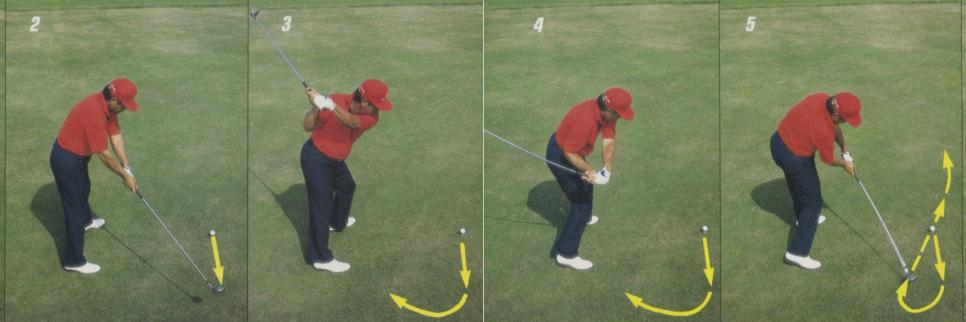
I’m sharing this description to highlight the fact that you can choose the setup (open stance), transition (cupped wrist) and delivery (inside to out) for your swing as long as it gives you consistency and control.
Your dominant strength in one arm, wrist and leg or a tightness in your hips, spine or neck will all have an impact on the swing that works for your body.
Changes in any position in your swing will continue to provide inconsistent results. You don’ t have to stick to the text book swing. Find the swing that gives you a consistent result and then groove that swing for your driver and another swing for your irons.
Trevino and every other pro found the right swing motion for their driver and irons. Once you find it you need to lock it in for consistency. Unfortunately, the older you get the more the more you have to be aware of your bodies tending to change throughout each round of golf depending on your stamina, the changing temperature and your energy level.
Practice to improve the consistency of your golf swing with GOLFSTR+ and find out what works best for your clubs the way Lee Trevino has done. Buy one today at www.GOLFSTR.com


